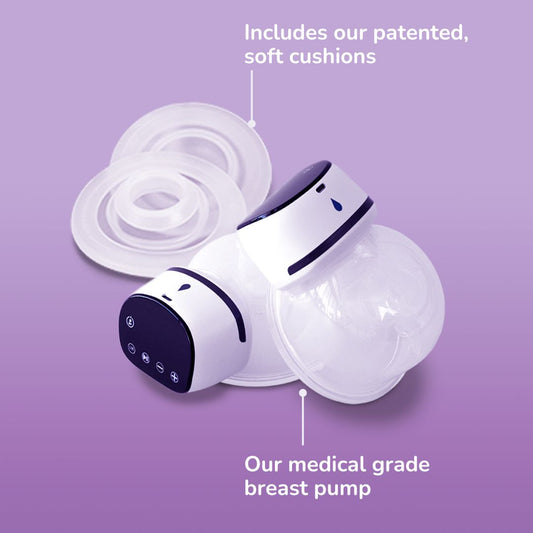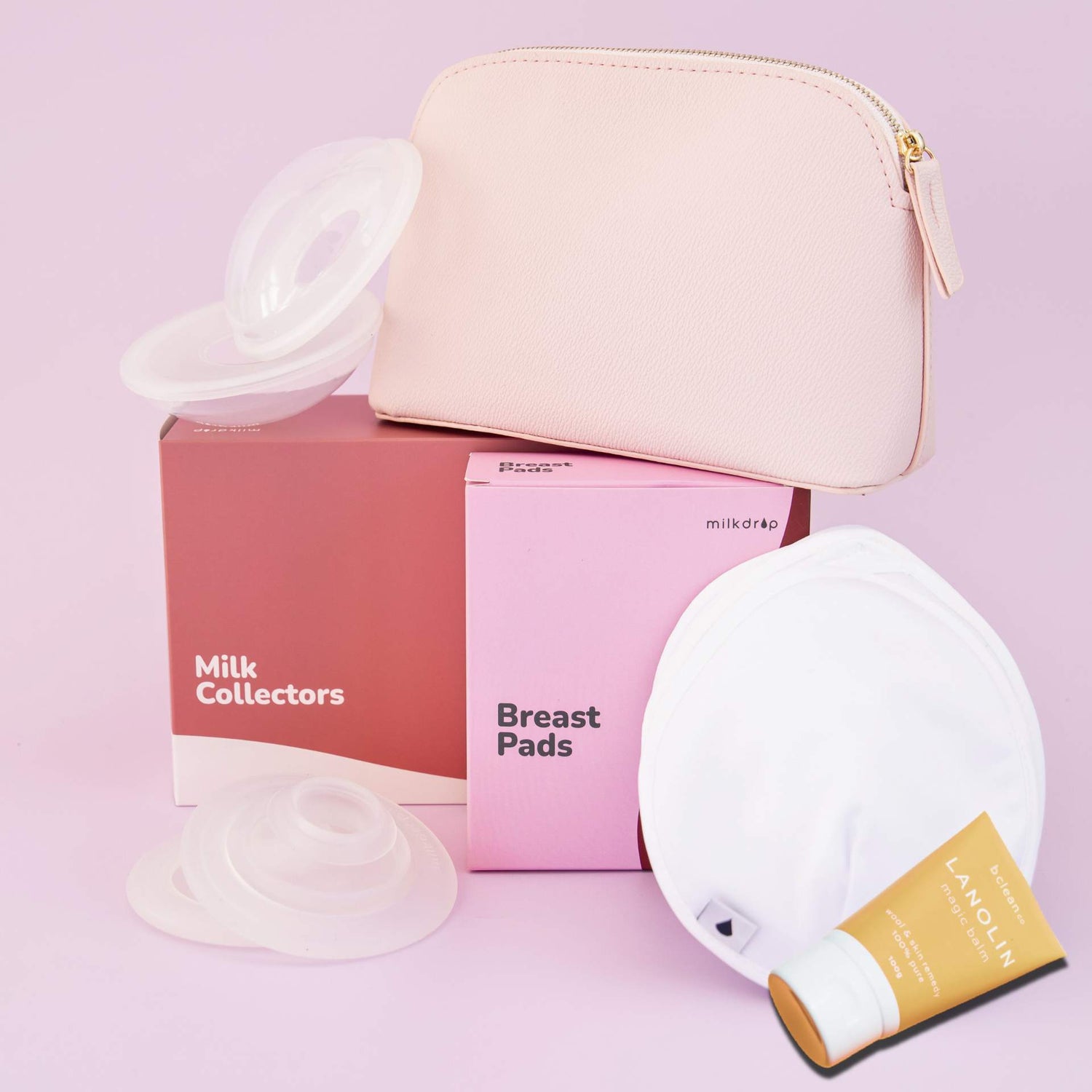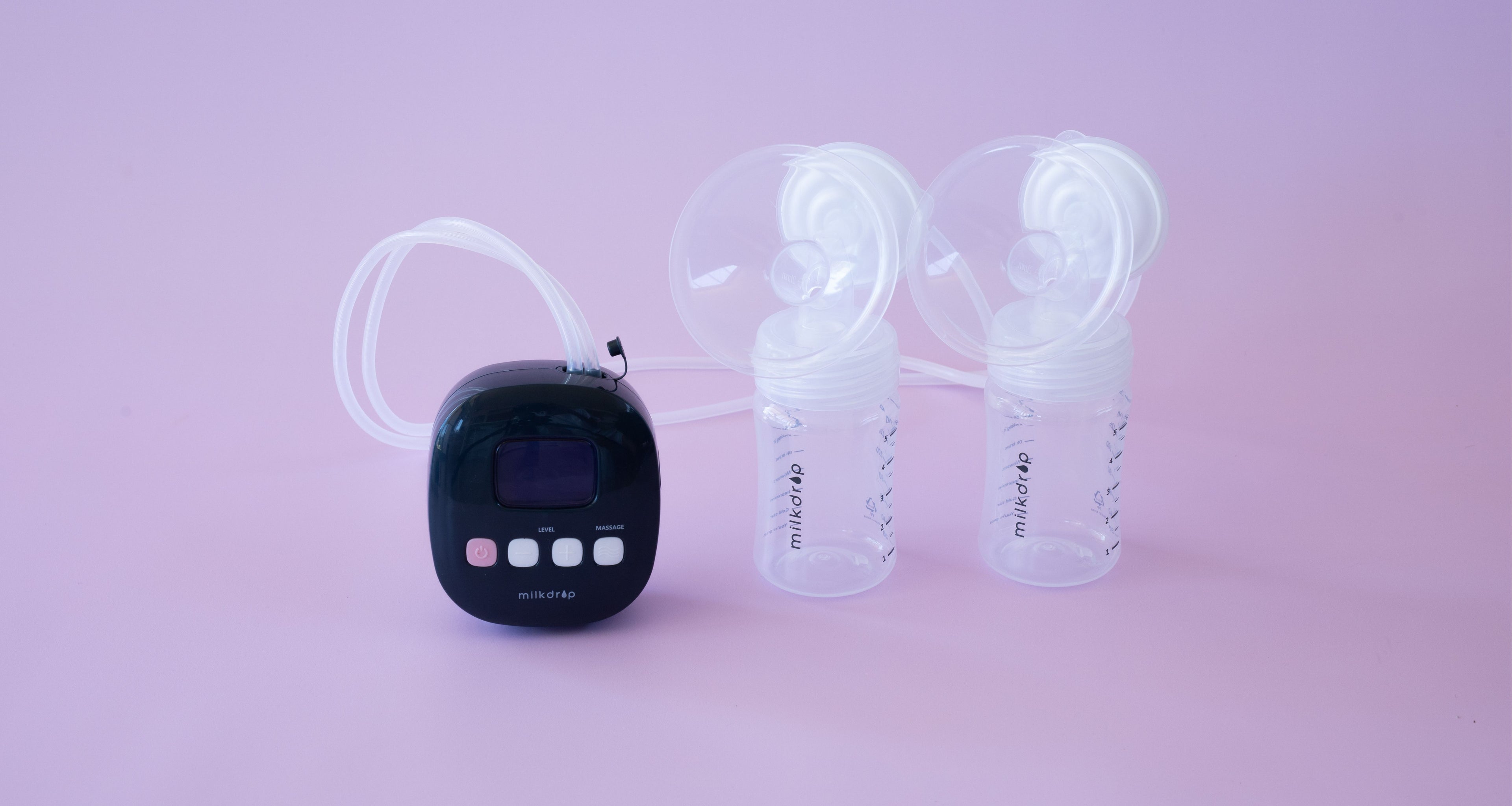HOW TO USE YOUR MILKDROP GOODIES
Traditional Pump
What's it for?
Before you use it
Get comfy
Getting sudsy
How-not-tos
What the experts say
Troubleshooting
Should I ramp up the suction to get more milk?
Ouch. Is there anything I can do to make pumping more comfortable?
What if I need help with a pumping schedule?
Need instructions for other Milkdrop products?
Love it? Try our other products

Sold out
On-The-Go Wearable Pump -
Regular price
From $109.00 USD
Regular price
$199.00 USD
Sale price
From $109.00 USD
Unit price
per
Sold out


